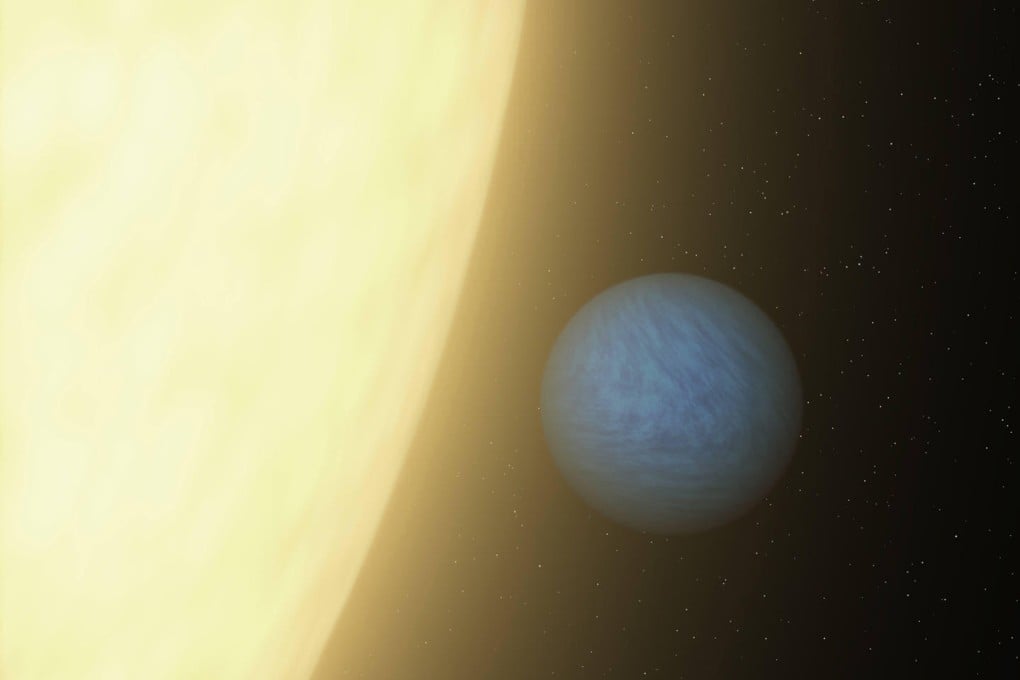Silhouette of 'super earth' detected for first time using ground-based telescope
Astronomers have detected the silhouette of a planet just twice the diameter of earth using ground-based telescopes.

Astronomers have detected the silhouette of a planet just twice the diameter of earth using ground-based telescopes. It is the smallest planet detected with the technique and raises hopes that it could be used to search for earth-sized worlds capable of supporting life.
The "super-earth", known as 55 Cancri e, orbits a relatively nearby sun-like star 41 light years away. As the planet passes in front of the star, it blocks a tiny fraction of the light.
Dr Ernst de Mooij, of Queen's University Belfast in Northern Ireland, and his colleagues discovered that for the two hours when the planet was between us and the star, the light coming from the star dropped by 0.05 per cent of its usual intensity.
Until now, such a minuscule reduction has only been measurable from space, where the lack of atmosphere allows spacecraft to take more precise readings.
"We are really pushing these techniques to the limit from the ground," said de Mooji, who used the 2.5-metre Nordic Optical Telescope, on the island of La Palma, Spain, to make the detection.
55 Cancri e was discovered in 2004. It is the innermost of five planets known to circle the star and has eight times the mass of earth. It takes just 18 hours to circle its parent star and is thought to have an atmosphere. The astronomers are now attempting to detect water there.
When the planet is in front of the star, light must pass through its fringe of atmosphere where water vapour and other molecules will absorb it, causing the starlight to dim more at certain wavelengths than others.
